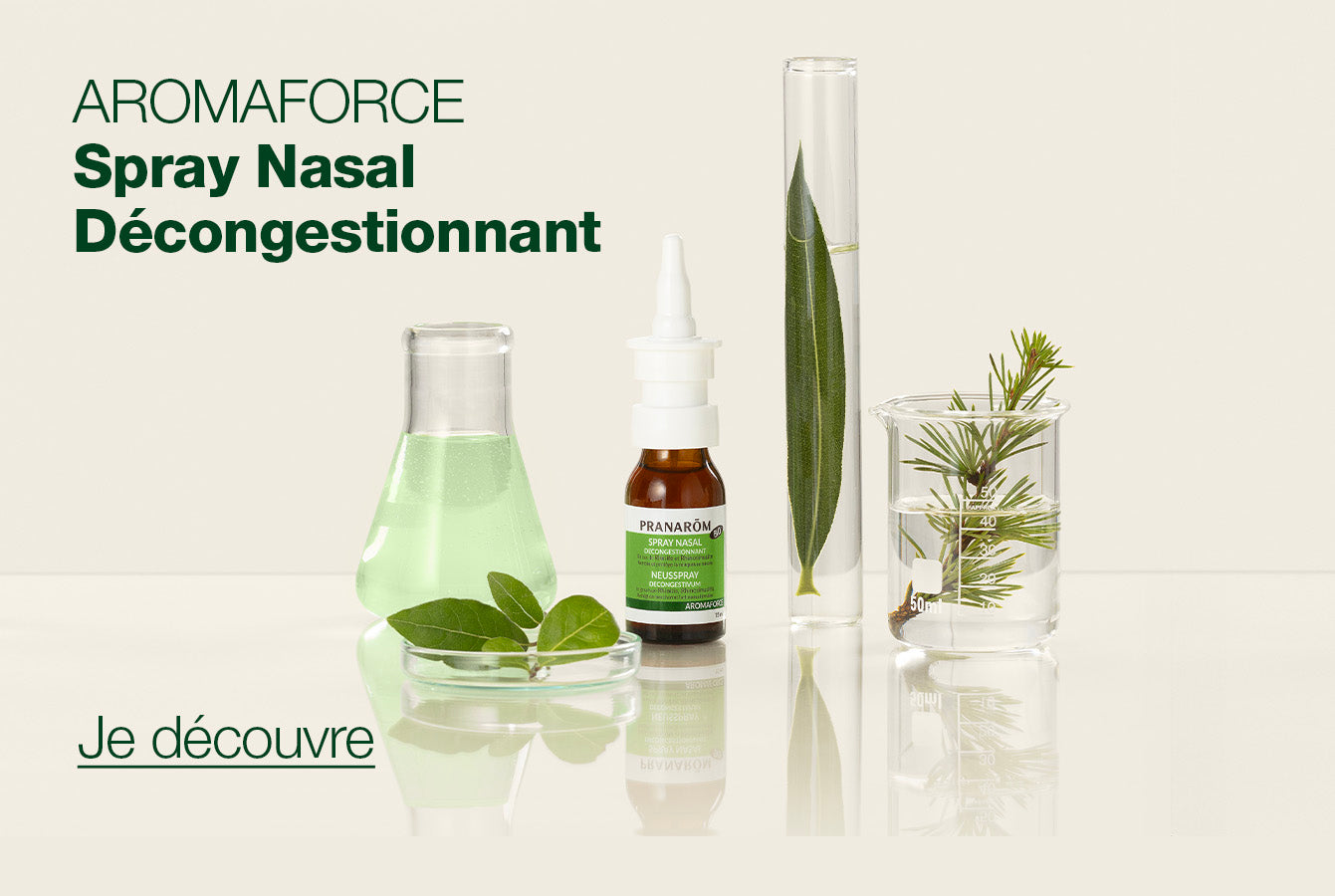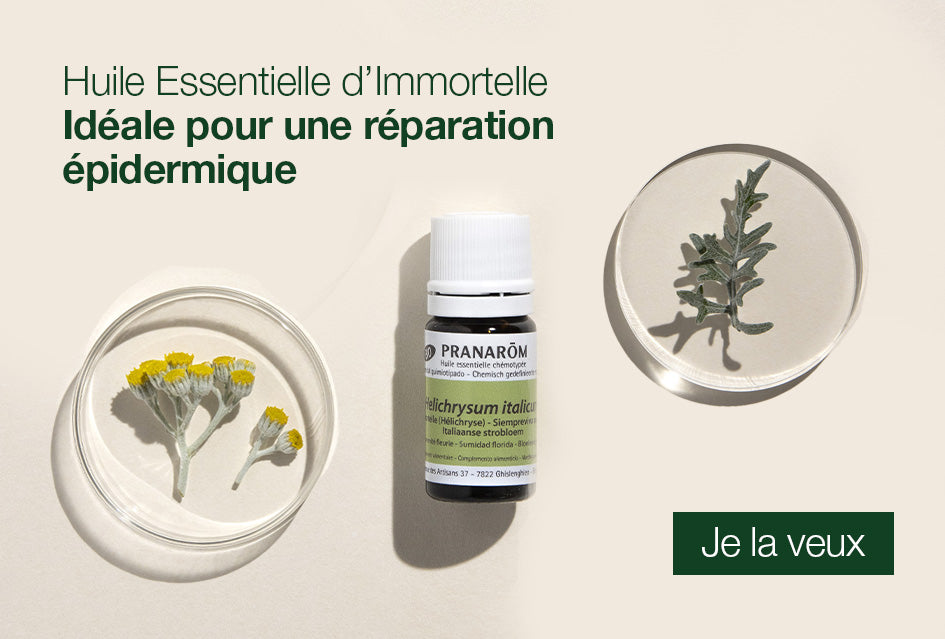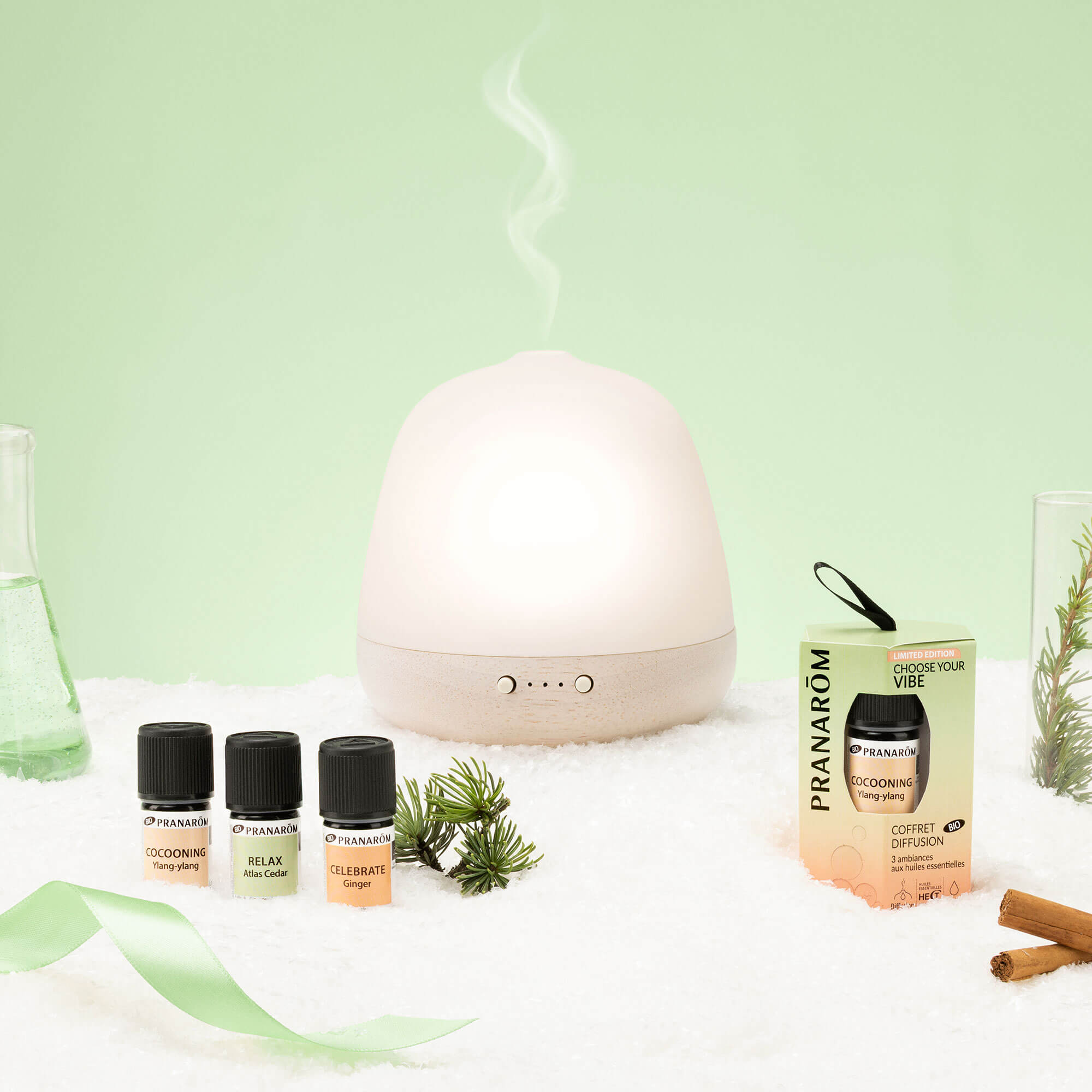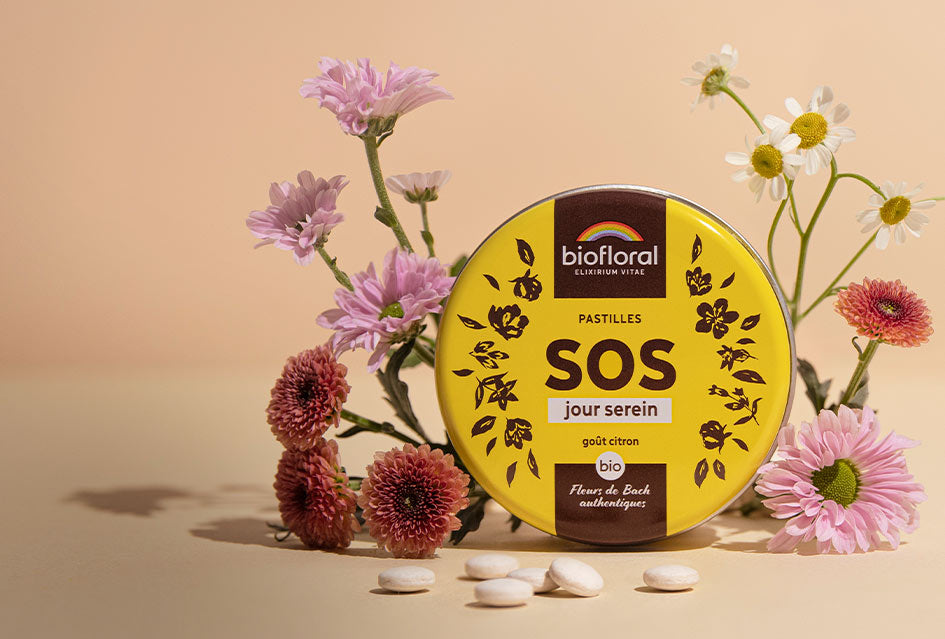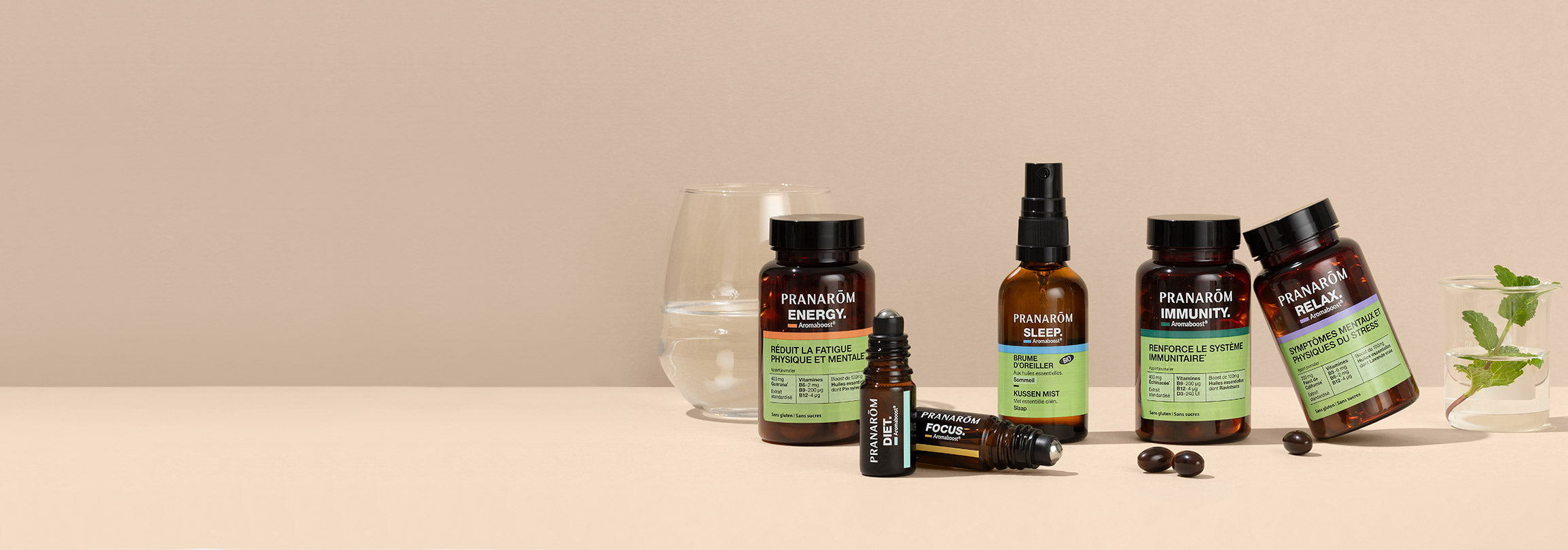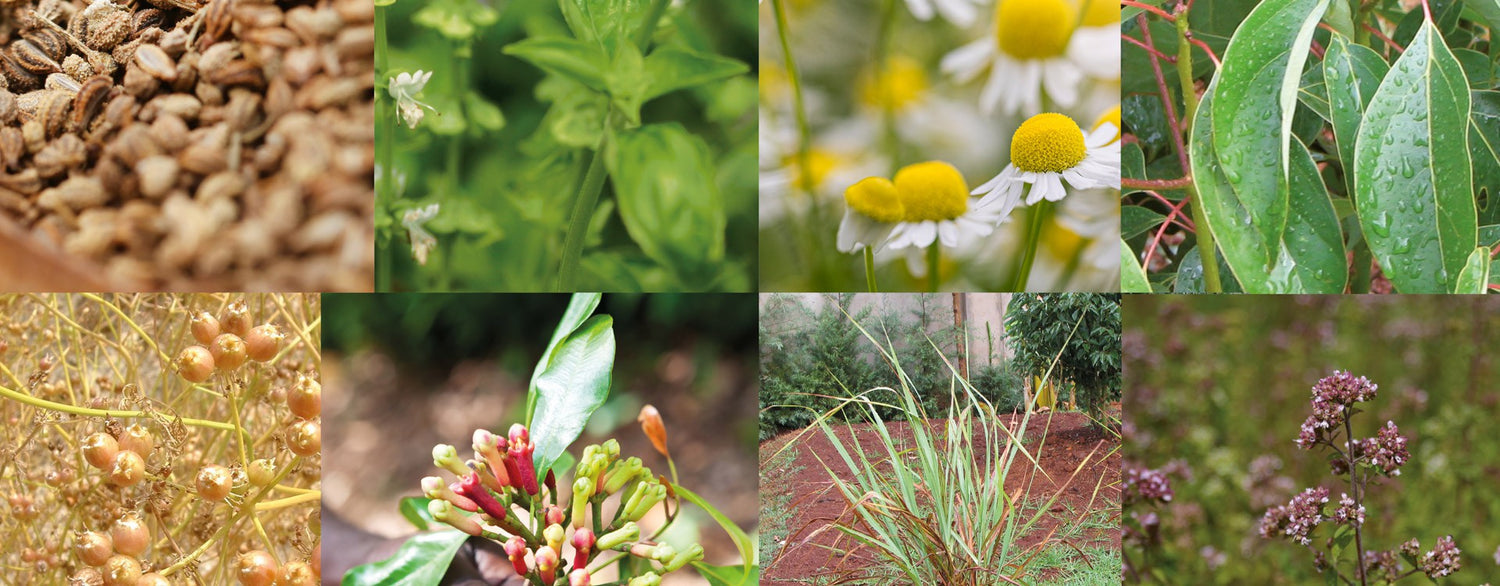There is a hugef concern in the medical field concerning the emergence of bacterial resistance to antibiotics. Essential oils are a source of antibacterial compounds that can overcome this problem.
Ten essential oils that are commercially available were investigated in the present study: ajowan, basil, German chamomile, Chinese cinnamon, coriander, clove, lemongrass, Spanish lavender, oregano and palmarosa. Their direct, synergistic and indirect antibacterial activities were evaluated against different human pathogenic Gram-positive and Gram-negative strains. To evaluate their possible use in clinics, the cytotoxicity of these essential oils was also tested on keratinocyte and epithelial cell lines. Except for the Chinese cinnamon, coriander and lemongrass, all other essential oils presented no cytotoxicity at 32 and 16 µg/mL.


